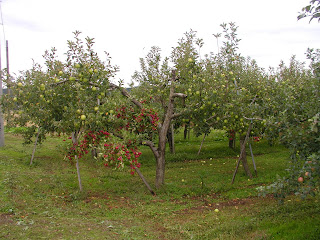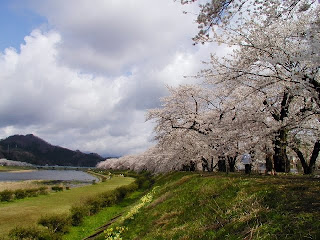
I visited the old pond in Akita the other day, which reminded me of Basho's haiku about that old pond. And I wrote the following haiku.
The old carp
meditates in depth
winter pond
冬の池深きに思う老鯉かな
Fuyu no ike fukaki ni omou rouri kana
Snowflakes
visit the old pond
one by one
雪片のしげく古池見舞いけり
Seppen no shigeku furuike mimai keri
― Hidenori Hiruta







(2%EF%BC%89.JPG)




.JPG)
.JPG)



.jpg)




















